Development Overview
The handheld controller is one of the critical parts of the Valor sUAS ecosystem. It allows operators on the ground to take control of the UAV without the need for a bulky ground station. The role of the handheld controller is critical to understand, it isn't intended to carry out the full mission capabilities of Valor UAV, but rather offer basic control, live views of the camera, and some basic payload controls.
V1 Dev
The V1 controller was a really bulky and large design. Overall the ergonomics were decent, but the extremely wide geometry and bulky frame made it really heavy. It was manufactured with a 3D-printed shell that was skinned in carbon fiber for ruggedization. The overall goal with V1 was learning more about the control layout and feel.
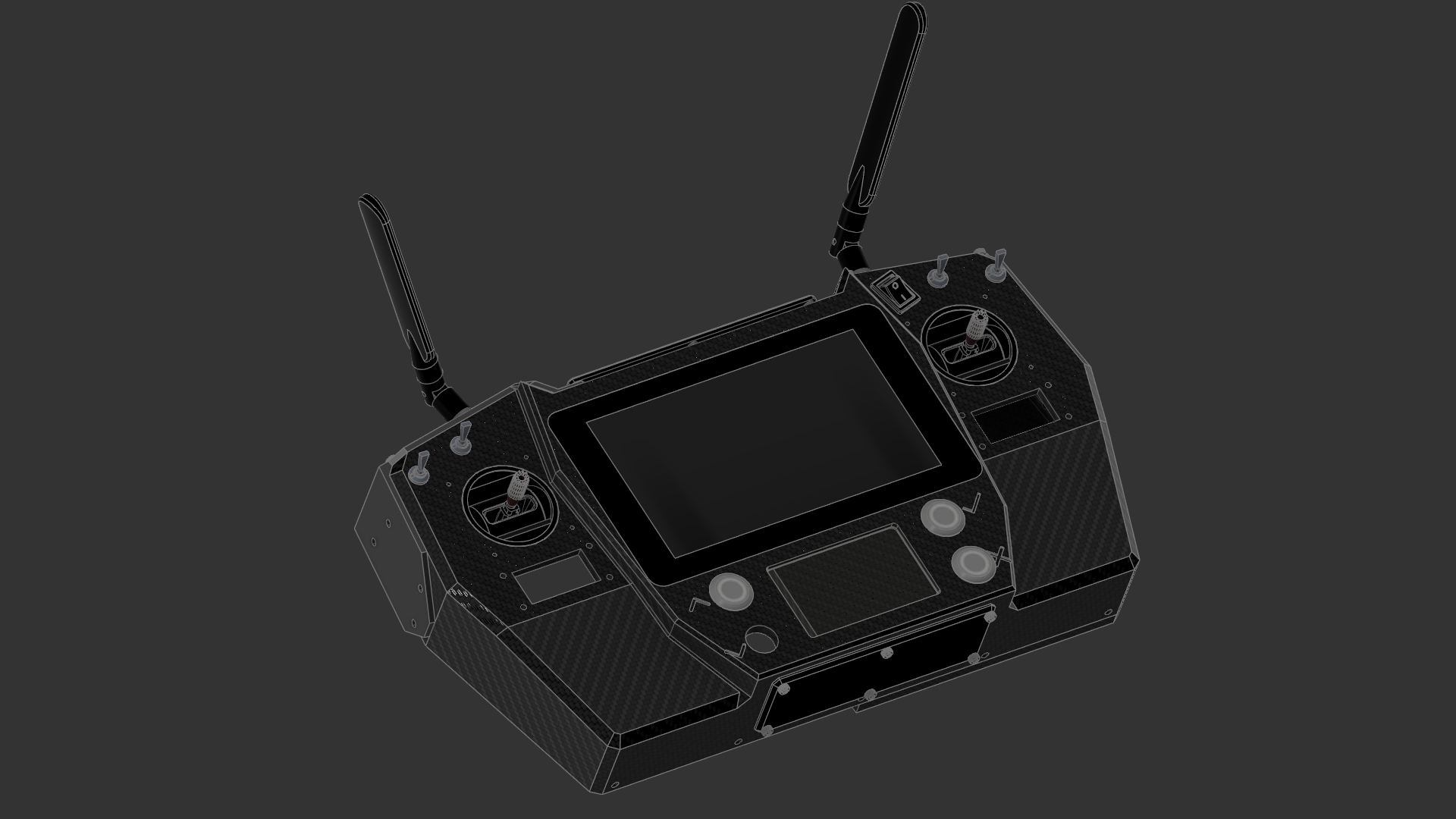
View of CAD design of V1 controller
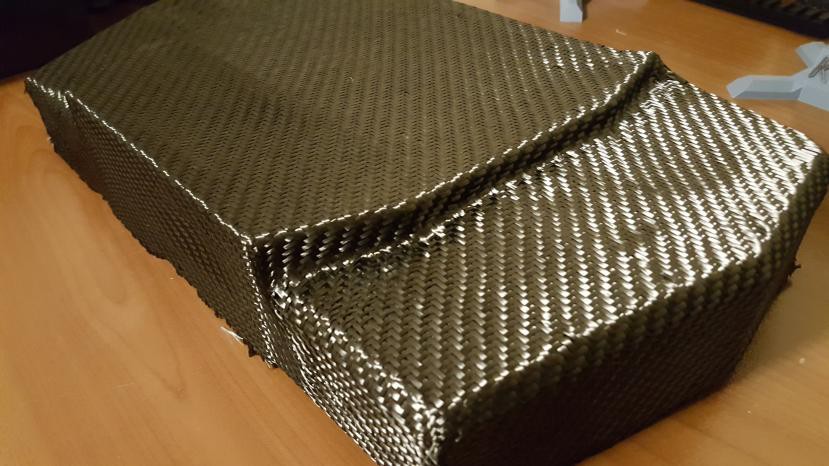
View of carbon fiber skinning process before epoxy binding
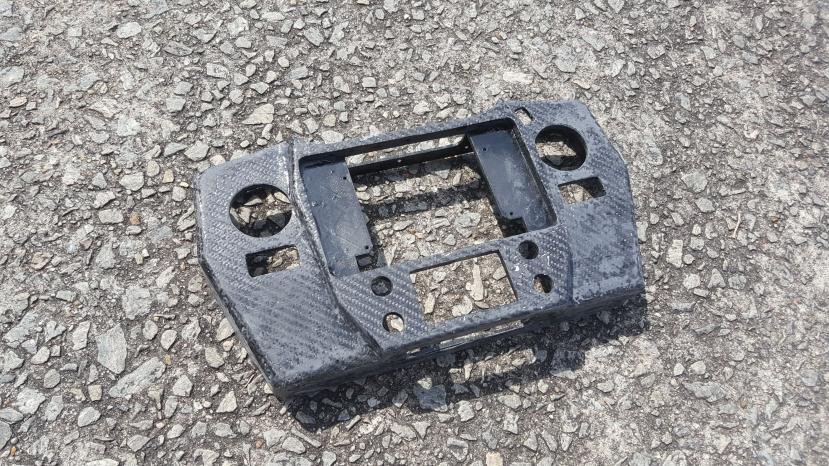
View of V1 controller after carbon fiber skinning and sanding
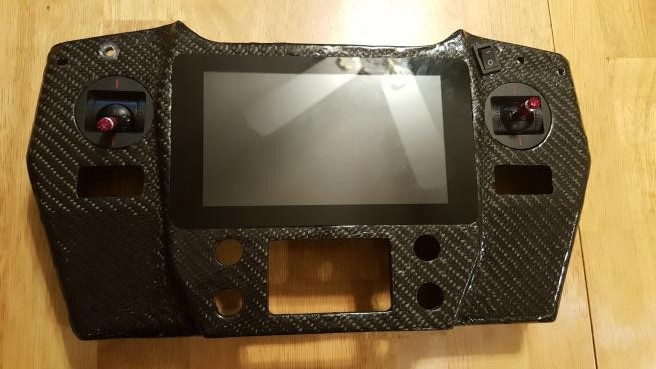
View of partially integrated V1 controller
*Since we got all that we needed to learn from the V1 controller, we didn't bother integrating components any further.
V2 Dev
V2 was the first step into slimming down the entire device to a far more compact form factor and shedding off weight. There were two key differences; for one the joysticks were moved to the top of the display to reduce the width of the device, and secondly, the entire body was molded out of carbon fiber. The overall weight of the controller body was shockingly low. We were relatively happy with the design, except the ergonomics were pretty horrible. Having a very steep angled ledge from where the hands grip the joystick is very uncomfortable, and embarrassingly enough this is the primary reason v2 was scraped. The expensive lesson learned is making simple mock-up models of the handheld device first and rapidly prototyping them first, before designing the final model. From this point on all designs involving ergonomics, we always 3D print a simple mock-up to study the feel of the device.
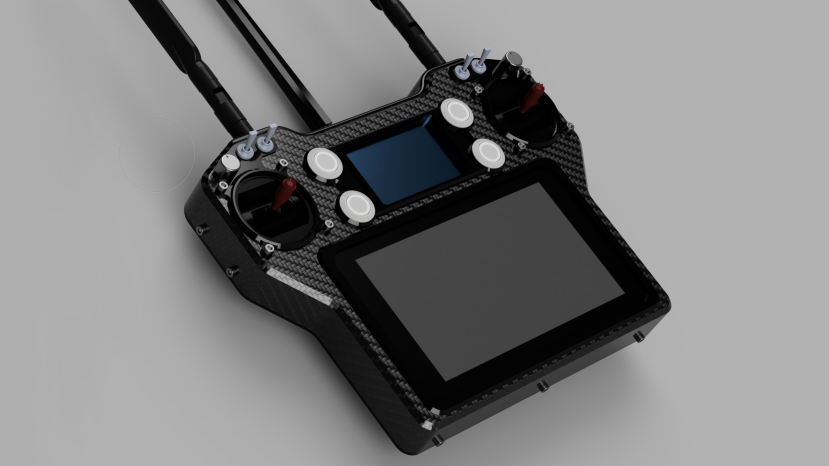
View of CAD design of V2 controller
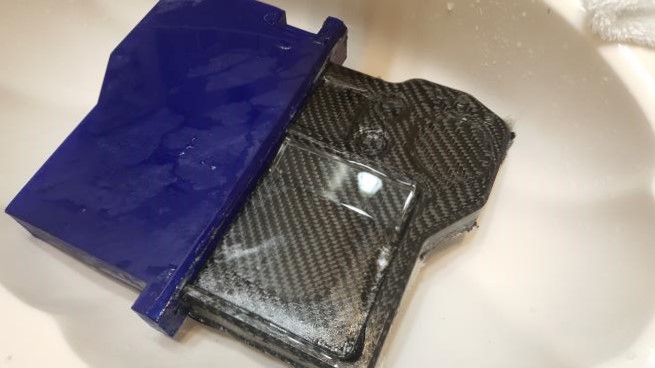
View during demolding of carbon fiber controller body
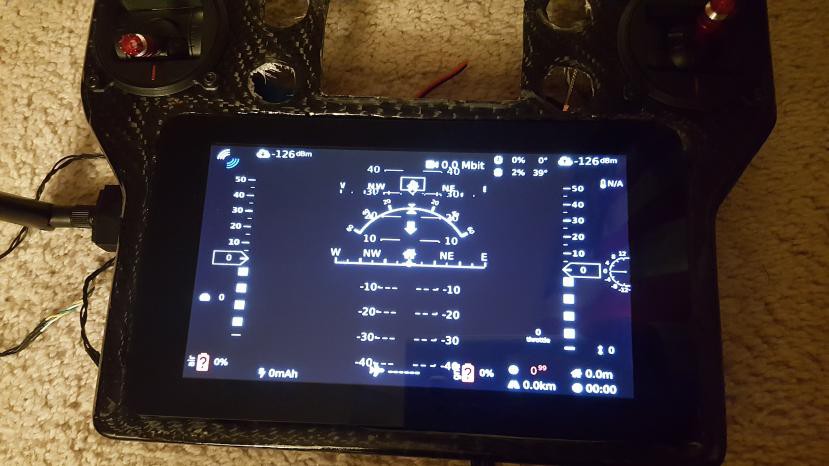
View of a quick test of electronics during integration
V3 Dev
V3 was by far the best controller designer; the body was slim and light, everything was more compact, and we studied the feel via mockups before progressing with the model. This iteration took a hybrid approach to manufacturing. Both skinning and molding carbon fiber takes a lot of effort and time. On V3 the entire body is 3D printed, but a layer of carbon fiber is bonded to the front plate for added ruggedness. It came out to be the cleanest layup job by far.
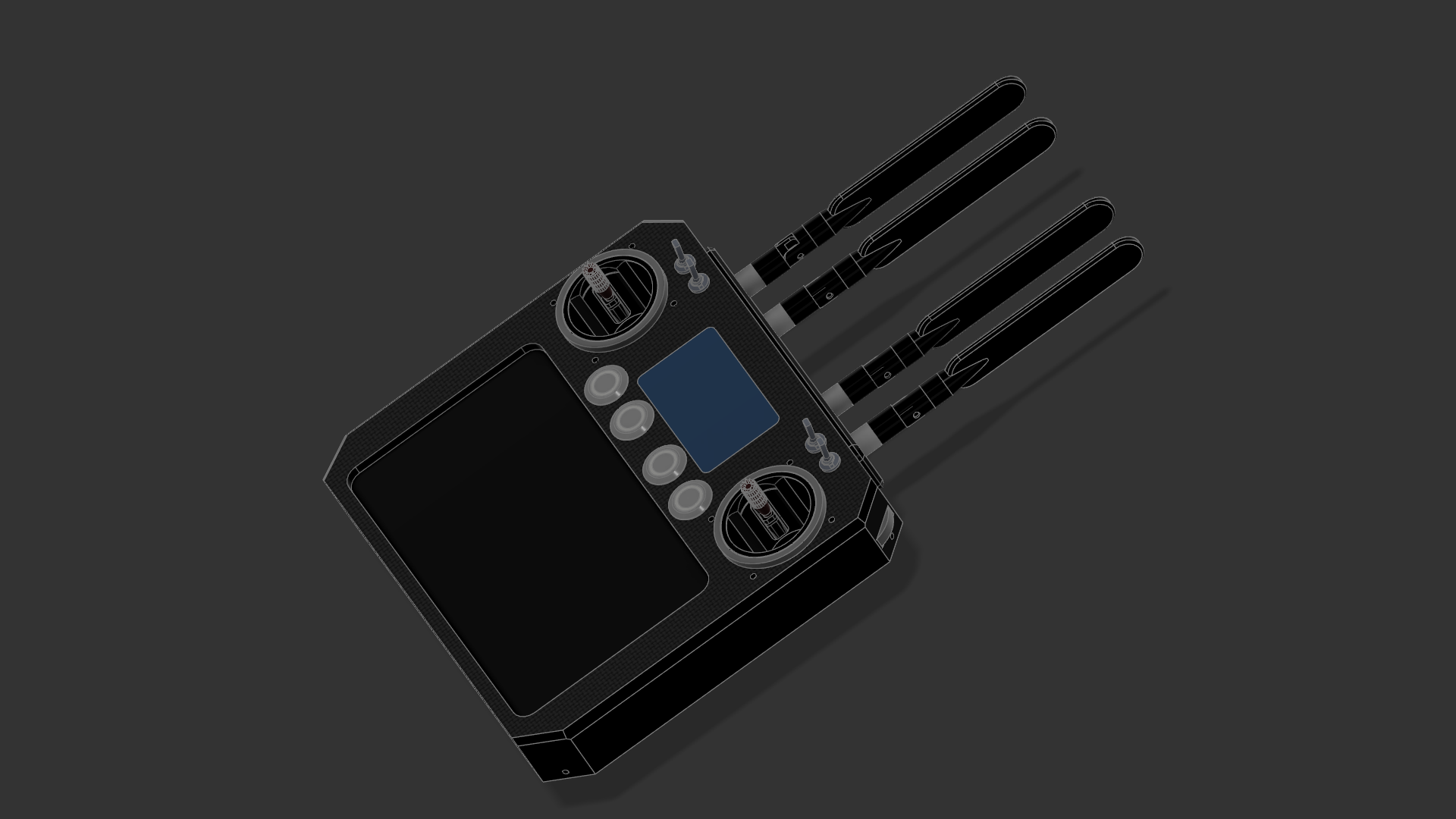
View of CAD design of V3
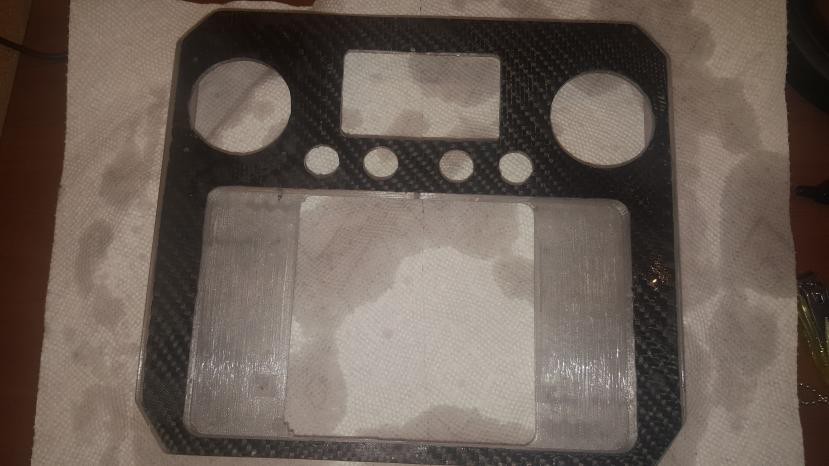
View of the controller during carbon fiber layup
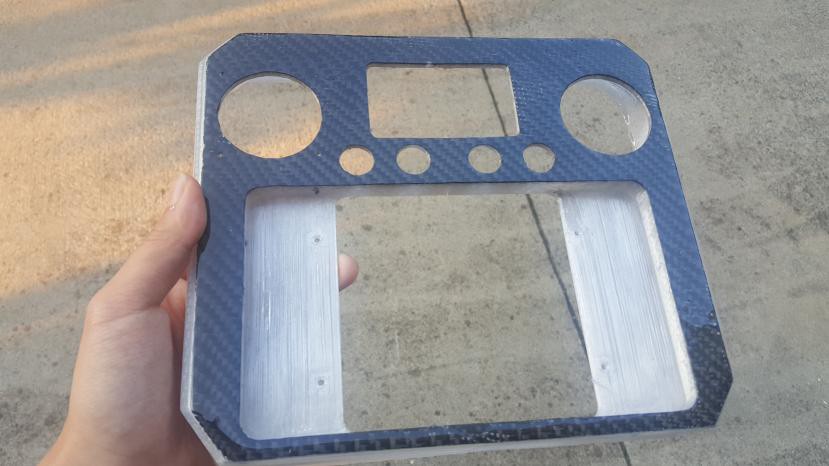
View of the controller after final polish and clear coat
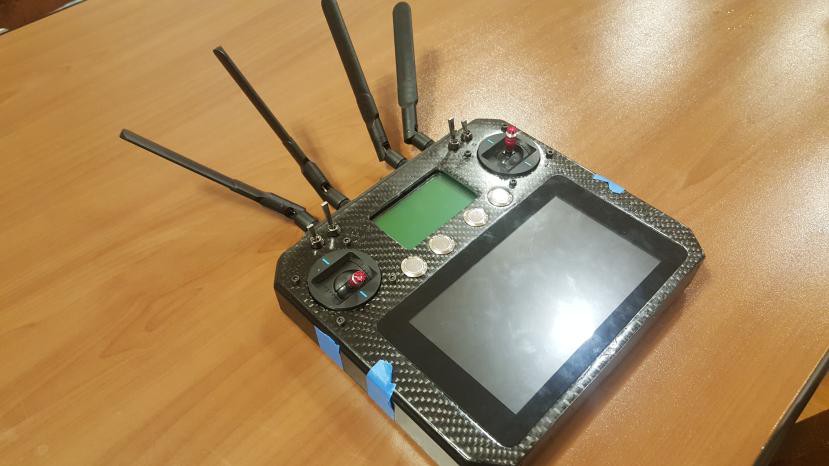
View of the controller after all the hardware was integrated (looks like a wifi router)
V4 Direction
After three iterative prototypes, we learned one simple fact: For the intended users of Valor sUAS, the overall direction with the more handset approach was wrong. A handheld controller is relatively bulky, and the antenna orientation is not optimal in all circumstances. By looking at commercial options the obvious solution is to separate the radio module from the screen and joystick.
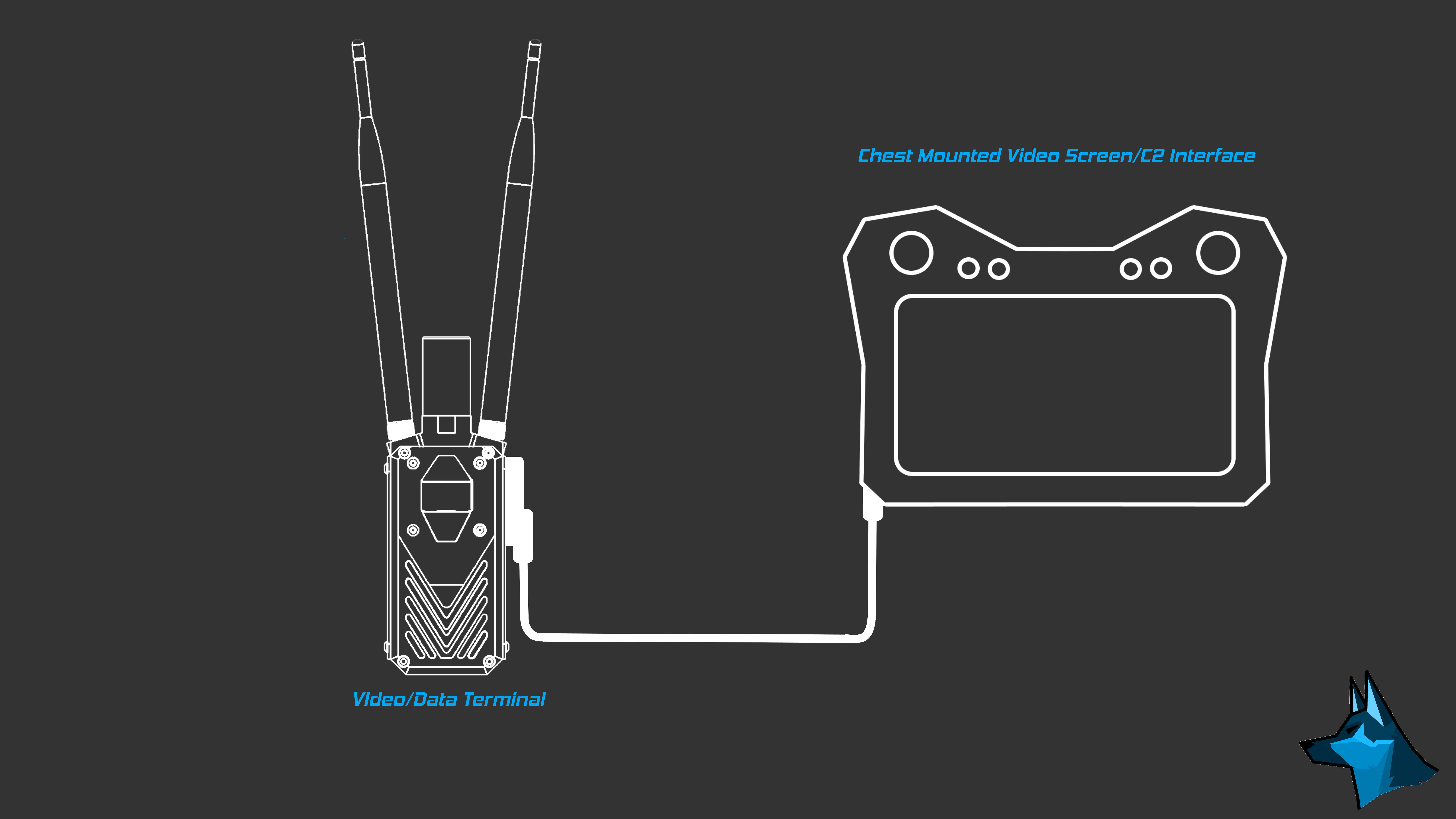
Quick concept mock-up: controller and radio module separated
For much more of a tactical configuration, it's common to mount the radio module to the back of a plate carrier and have the screen and joystick mounted on the chest.
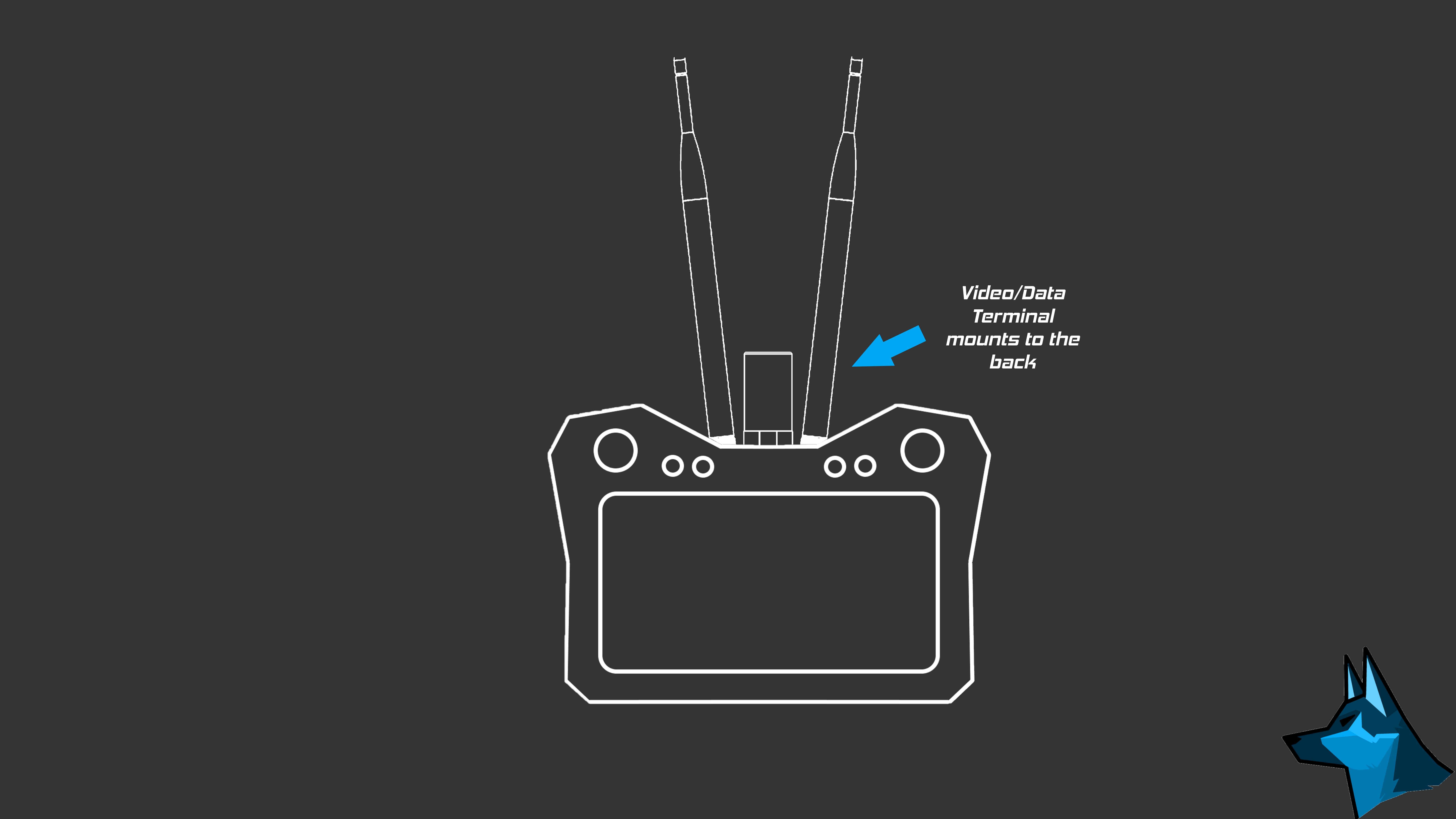
Quick concept mock-up: controller and radio module together
For applications such as search and rescue, however, having an all-in-one handheld controller may be more practical. The concept we came up with is the ability to mount the radio module terminal to the back of the controller via a custom modular port. By doing this we keep the system interactable with a variety of applications and adhere to the modularity concept the entire project is built upon. All in all, this is the direction we're confidently pursuing.
 Canine Defense Technologi
Canine Defense Technologi
Discussions
Become a Hackaday.io Member
Create an account to leave a comment. Already have an account? Log In.